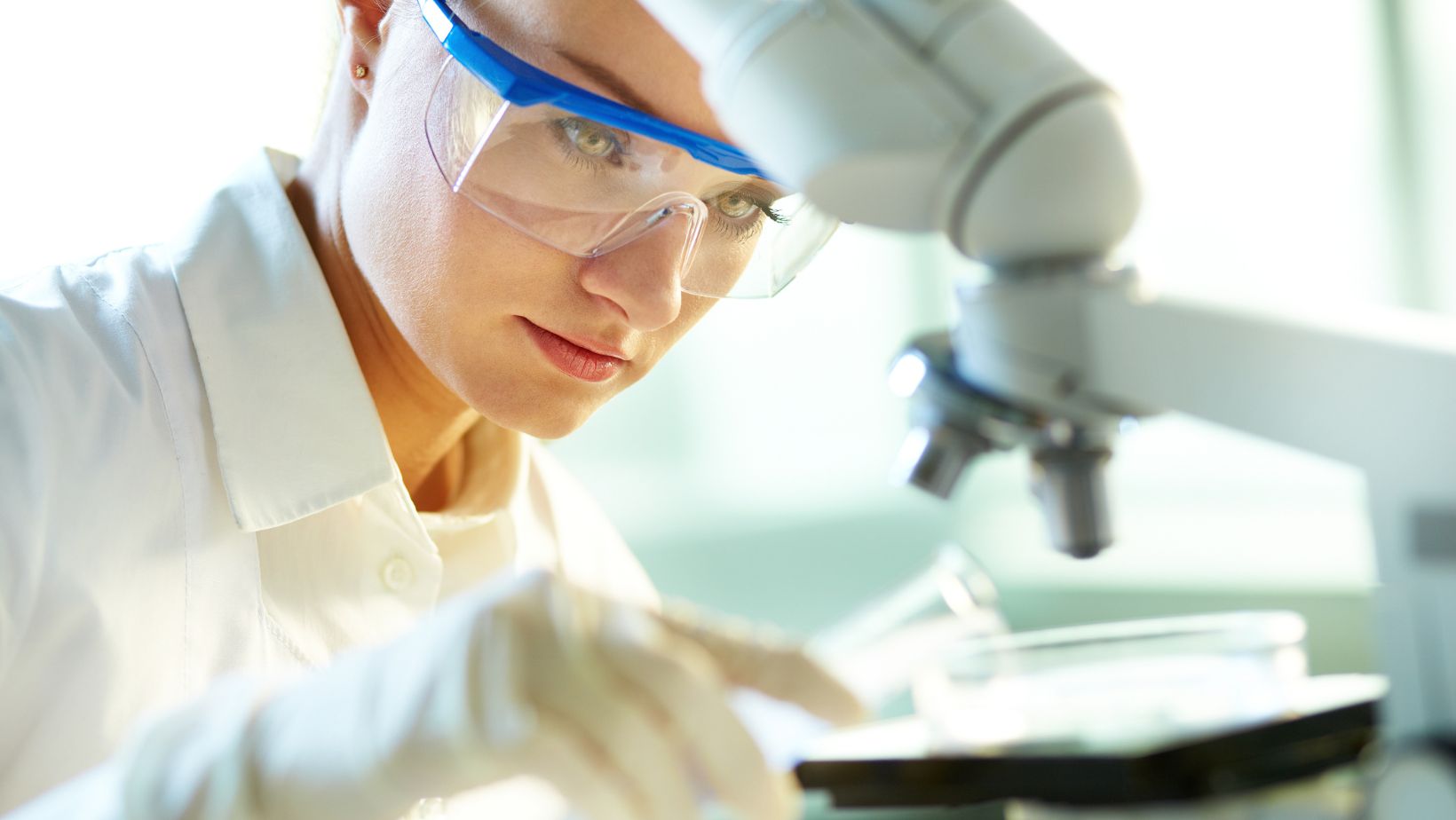
When you hear the term “reproducible,” what comes to mind? In the realm of scientific research, it’s a crucial principle that often separates robust, credible studies from the rest. But what does it mean for an experiment to be reproducible, and why does it matter?
A Good Scientific Experiment Is Reproducible. What Does This Mean
When someone says that an experiment is reproducible, they’re referring to a core principle of scientific research. Let’s delve deeper into understanding what reproducibility means and why it’s crucial in scientific experiments.
Definition of Reproducibility
Reproducibility is a cornerstone in science. It refers to the ability of an entire experiment or study to be duplicated, either by the same researcher or by someone else working independently. It’s about generating consistent, reliable results every single time the experiment is conducted, under the same methodology and conditions.
When an experiment is reproducible, it means that anyone with access to the detailed experimental procedure and the same equipment and materials can achieve the same results. It’s not just about the experiment though; reproducibility extends to data analysis and interpretation too. If different labs, using the same raw data and analysis, end up with the same conclusions, that’s reproducibility at its finest.
Importance of Reproducibility in Scientific Experiments
Now that we’ve defined reproducibility, it’s time to discuss why it’s so vital to scientific progress.
Firstly, reproducibility is the bedrock of validation. If an experiment can be reliably reproduced, it gives other scientists more confidence in the results. It shows that the findings weren’t just a one-off or a fluke. Repeated results reinforce the strength and reliability of an experimental outcome. This helps solidify the standing of the experiment in the scientific community, paving the way for wider acceptability and impact.
Secondly, reproducibility aids in pinpointing errors. Not all experiments yield the desired outcome in the initial runs. If results vary each time the experiment is conducted with the same methodology, it implies there’s a glitch somewhere. This helps scientists troubleshoot and refine their experiments, improving the integrity of the research.
Lastly, let’s not forget that science is cumulative. The work of one researcher is built on by others. When experiments are reproducible, others can pick up where they left off, leading to an accelerated pace of scientific discovery. That’s why reproducibility is considered a key driver for successful scientific innovation. It’s the foundation upon which new knowledge, powerful theories, and ground-breaking discoveries are built.
Reproducibility, though seemingly simple, is a complex, multi-faceted concept. And yes, it’s challenging. However, despite the difficulties, it remains an essential principle in scientific research that must be upheld. It’s at the heart of the scientific method, underpinning the credibility, reliability, and progress of science as a whole.
Factors that contribute to reproducibility
Reproducibility in scientific experiments isn’t achieved merely by a stroke of luck—it’s founded upon key factors that help maintain consistency and reliability in research outcomes. Allow me to emphasize, the very ethos of reproducibility lies in attention to detail, exactness in execution, and effective control of variables. Let’s delve into these criteria and understand how they contribute to the abundant spectrum of reproducibility.
Accurate Documentation of Procedures and Materials
A major constituent right after the detailed experimental protocol, in the path towards reproducible science, is the accurate documentation of procedures and materials used. Why so? Because without detailed documentation, other researchers might face difficulties attempting to mimic the original experiment. It’s not just about documenting the “what” and “how” of an experiment, but also incorporating the “why” factor. This allows for the experiment to be reproduced under alternate test conditions or materials if required. With accurate documentation, researchers can more easily identify and rectify errors in their methodologies, ultimately improving the integrity of their work.

Control of Environmental Variables
Environmental variables can significantly impact the outcome of an experiment. To ensure reproducibility, these variables must be carefully controlled and monitored. This includes factors like temperature, lighting, humidity, and the presence of external substances—which could each potentially affect results. It’s worth considering that a failure to accurately control these variables can lead scientists down a rather challenging road, marked by inconsistent and unrepeatable outcomes. Managing these variables with precision, therefore, forms an integral component of a reproducible scientific experiment.
For research to be truly valuable, it must be reproducible. By focusing on these three essential factors, amongst others, we inch closer to that attainable goal of creating a conduit for stronger validation, confirmed accuracies, and cumulative scientific progress. No room exists for complacency in the realm of reproducibility—it’s a painstaking but rewarding endeavor that continues to drive the progression of scientific exploration.












